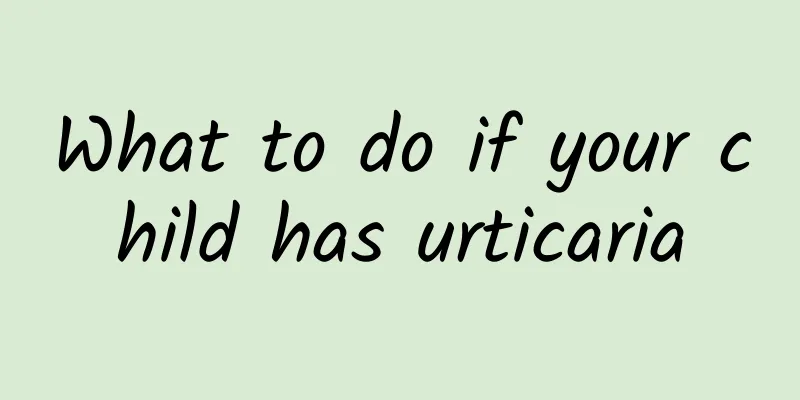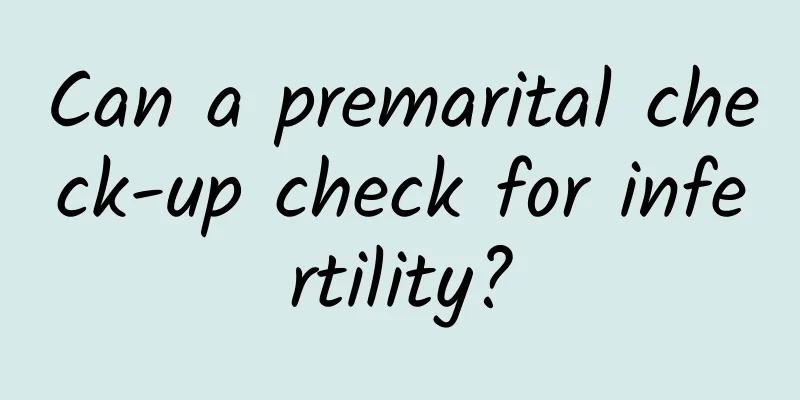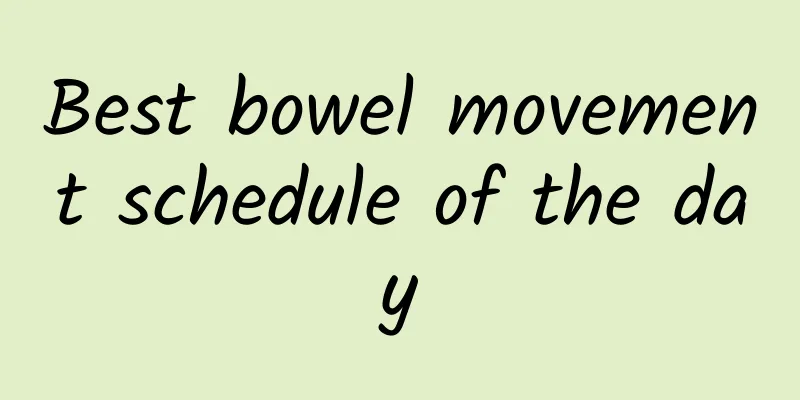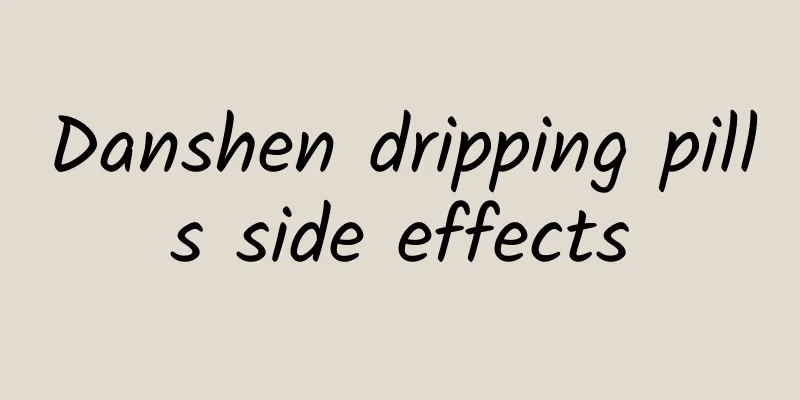What to do if your child has urticaria

|
Babies should not be exposed to too much wind during their growing period. If they are exposed to too much wind, they are likely to develop a chronic disease such as urticaria. When children suffer from urticaria, they will initially experience edema in their bodies, which may last for a few days or even several months. Edema may be accompanied by symptoms such as dizziness and nausea. If a child suffers from urticaria and does not receive timely treatment, it is likely to spread throughout the body. So what should you do if a child has urticaria? What to do if your child has urticaria 1. Finding and eliminating allergens Treat the disorder causing urticaria. Autoimmune urticaria is difficult to treat, but giving intravenous immune globulin or plasma dialysis can relieve symptoms. 2. Apply anti-itch lotion topically Such as calamine lotion (with menthol added) or zinc oxide lotion. 3. Drug treatment (1) Oral antihistamines. Commonly used first-generation antihistamines include chlorpheniramine maleate tablets, promethazine hydrochloride, diphenhydramine, doxepin, ketotifen, etc.; second-generation H1 receptor antagonists have the advantages of good efficacy and no obvious central nervous system inhibitory effect. They can be used for children over 2 years old. Second-generation antihistamines include cetirizine hydrochloride, loratadine, levocetirizine, desloratadine, fexofenadine, acrivastine, ebastine, epinastine, mizolastine, olopatadine, etc. Take orally once daily. Calcium supplements and vitamin C can reduce the permeability of capillaries and help relieve symptoms. The combination of H2 receptor antagonists (such as cimetidine and ranitidine) and H1 receptor antagonists can treat acute urticaria with obvious abdominal pain. Cyproheptadine can be used to treat chronic or cold urticaria. (2) For stubborn cases, oral prednisone tablets or intravenous hydrocortisone may be used as appropriate, but it is not a routine medication. Different drugs have significantly different minimum age limits and dosages, and should be used in accordance with the drug instructions. In children who do not respond to treatment, a combination of first-generation (for evening use) and second-generation (for daytime use) antihistamines can be used, but care should be taken to avoid the use of sedating antihistamines in school-age children. 4. Symptomatic treatment Children with bronchospasm or laryngeal edema can be given a subcutaneous injection of 1:1000 epinephrine solution. 5. Desensitization therapy For chronic urticaria that is not well responded to conventional drug treatment, corresponding desensitization treatment can be given according to the results of allergen skin tests, which can often achieve certain results. |
<<: Why do newborn babies have eczema?
>>: How to deal with yellow scabs of baby eczema
Recommend
What to do if the vulva is broken after sex
Making love is actually a very wonderful thing, b...
The dangers of pituitary dysplasia
If our children encounter pituitary dysplasia dur...
What are the benefits of eating Gastrodia elata?
Gastrodia elata is a very precious traditional Ch...
Homemade mushroom and rapeseed noodles
Shiitake mushrooms and rapeseed are common vegeta...
Girls feel nauseous and want to vomit
Everyone knows that as a woman's uterus gradu...
The efficacy and function of iron tree
Dracaena is the common name for Cycas revoluta. D...
The benefits of kicking
Among various forms of exercise, kicking is a met...
What is whole body tremor?
Tremors occur throughout the body, which is an in...
Sophora flavescens dosage
Sophora flavescens is a traditional Chinese medic...
Toxoplasma symptoms
Toxoplasma is an intracellular parasite that can ...
What causes sneezing and headaches?
There are many reasons for headaches. Some people...
What to do if there is constant tinnitus in the left ear? Methods to prevent and treat tinnitus
Have you ever had this experience: suddenly you h...
How to eat Astragalus for better health
Astragalus is a relatively common Chinese medicin...
What can't I do when my period comes?
There are many things to pay attention to during ...
How to treat pityriasis versicolor
The so-called tinea versicolor is clinically call...









